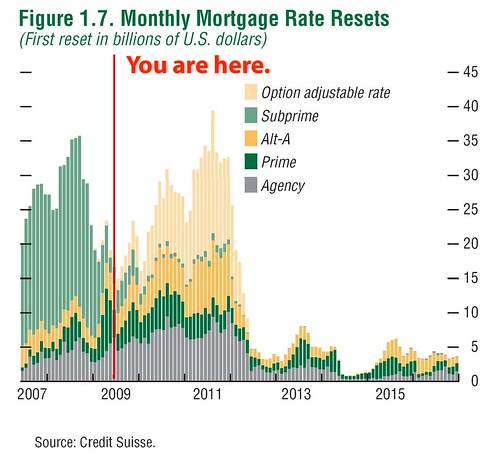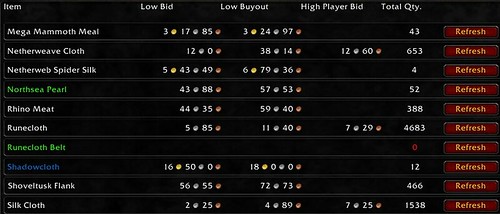I had the pleasure and privilege of speaking on the Robust Online Content panel with Dr. Matthew Grant, Phil Juliano from Novell, Valeria Maltoni from Sungard, and Mike O’Toole from PJA on Monday at the MarketingProfs B2B Forum. One of my personal themes (that I didn’t articulate in the panel) for the conference has been souvenirs from conferences.
My friend Chris Brogan has an interesting quote – when times are good, people love strategy. When times are bad, people want tactics. I’ll take this a step further for conferences: people want something to take home. In this economy, people want a souvenir that they can take away that’s immediately usable, something that, when they sit down at their desk the day they get back, they can plug in and turn on right away and start making a difference, as well as show off to the folks who didn’t go.
Tony Robbins calls this sort of thing profound knowledge – information that once you have, changes everything. You can’t ever go back to the way you used to do things unless you try really hard. A good example of profound knowledge is the rule of thirds in photography. Put a tic tac toe grid mentally over your viewfinder in your camera. Put subjects at the intersections of horizontal and vertical lines, and instantly your photos are likely to become better. Now that you know that, you can’t ever go back to NOT knowing how to apply that rule.
I brought two souvenirs with me to give away at MarketingProfs, one of which I discussed in the panel, and one of which I discussed in the Twitter Therapy sessions. Whether or not you were at the conference (and you really should have been), you can have the souvenirs, too.
1. Customer service isn’t a burden. Customer service is a gold mine. If you’ve ever wanted for content to blog about, to podcast about, to share, to act on, you will never find a better source than the customers you already have and the problems they desperately want you to solve. I’ve recorded 900+ episodes of the Financial Aid Podcast and the customers of the Student Loan Network are my constant inspiration. I don’t need millions of dollars of research. I don’t need millions of dollars in marketing budgets. My customers tell me exactly what their problems are. Your customers are doing the same. The catch? You have to want to listen to them. Far too many people in executive suites are content to glance at their marketing dashboards and that’s as close to the customer as they’re willing to get. You have to be willing to dig – as you would in any gold mine – to get to the real treasure.
2. Try the 8 foot test. This is an easy test to do. Load up your web site on your computer. Maximize your browser. From 8 feet away, is there an immediate and obvious call to action that gets your visitors to do what you want them to do? Here’s an example I use in my demo – go to StaffordLoan.com and do the same. If you can’t tell what we want you to do (apply for a Stafford loan), then you need to see an eye doctor. If you don’t have a room big enough to walk 8 feet away, then load the sites up on your mobile device and hold it at arm’s length for a similar effect.
Hopefully, these two souvenirs are worth enough that they alone made it worth it for you to come to MarketingProfs. Hopefully, every other speaker and presenter gifted you with a souvenir or two as well, so that you went home with an armload full of stuff that will immediately make your business better.
My thanks as well to Ann Handley and the MarketingProfs team for putting on another great event and assembling a terrific panel.
Bonus: grab the eBooks I mentioned at the panel discussion here.
Did you enjoy this blog post? If so, please subscribe right now!
Get this and other great articles from the source at www.ChristopherSPenn.com






